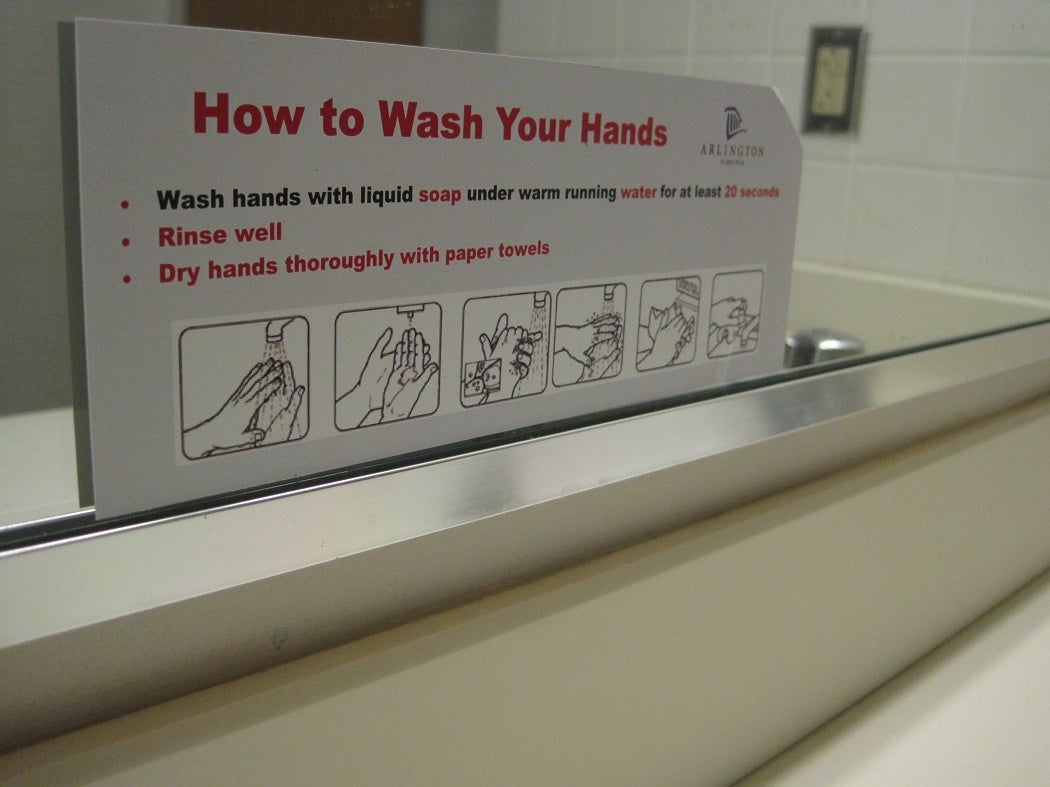I recently heard the radio announcer discussing an outbreak of infections from antibiotic-resistant bacteria among trainee firemen in New York City. Wondering what it was, I tried searching Google for what I heard on the radio, but wasn’t sure how to spell it. Was it murca/mursa/mersa/merca? It was, it turned out, MRSA. An acronym, letters said like a word.
MRSA stands for “methicillin-resistant Staphylococcus aureus.” It’s a strain of the common staph bacterium S. aureus that has evolved resistance to various forms of penicillin, making it more dangerous than non-resistant strains. Some call it a “superbug.”
There’s a lot of literature about combating MRSA, especially in the institutional settings it is most commonly found, like hospitals. One of the best methods is so basic it bears repeating, over and over: a thorough hand-washing regime. “Non-compliance with hand hygiene recommendations is widely recognized as the most important modifiable cause of hospital-acquired infections,” note the authors of this study in Infection Control and Hospital Epidemiology which quantifies the cost of such infections. Their conclusion is modest: “Minimal improvements in [hand hygiene] compliance lead to substantial savings,” but has large implications, giving “hospitals and organizations the incentive to invest in novel and effective methods and technologies for improving the hand hygiene culture, habits, and compliance of healthcare workers.”
Outside of the professional health care context, hand washing is just as important. Your mother was right about that. The Centers for Disease Control and Prevention builds on those early lessons by recommending that we use clean running water, thoroughly lather our hands for at least twenty seconds with plain soap, and thoroughly dry.
Editor’s note: This story was updated to fix a broken CDC link.







